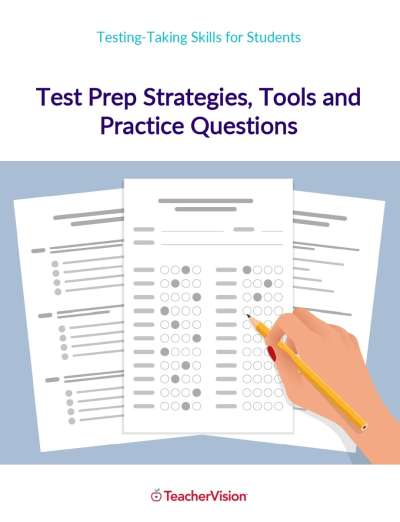Please Note: this material was created for use in a classroom, but can be easily modified for homeschooling use.
INTRODUCTION
Students will understand that presidential elections are decided by the electoral college and not popular votes.
SUGGESTED TIME ALLOWANCE
50 minutes
OBJECTIVES
Students will:
- understand that elections are decided by the electoral college.
- see that each state has a number of electors, and understand how this number is determined.
- examine election trends.
MATERIALS
- Crayons or colored pencils
- Copies of U.S. map
- Website: http://www.archives.gov/federal-register/electoral-college/index.html
PROCEDURES
- Ask if the students have heard of the electoral college. If so, can anyone explain it? (The electoral college is technically responsible for electing the president.) Explain that each state has a particular number of electors, their numbers determined by how many senators and representatives a state has. On election day, as presidential candidates "win" a particular state by accumulating the most votes, they are awarded the number of delegates from that state. The candidate with the highest number of electoral votes wins the election. In December, the electors hold their own election to vote formally for President. The winning candidate will have at least half the electoral votes – or 270 delegates. (For a more thorough explanation of the electoral college, see http://www.archives.gov/federal-register/electoral-college/about.html.)
- Have pairs of students look at the List of States and Votes on the National Archives and Records Administration site on the electoral college's website: http://www.archives.gov/federal-register/electoral-college/2008/. Ask a student to name a state that is physically large, then note the number of electoral votes. Try another state. By looking at California and Montana, for example, students will see that the physical size of a state does not correlate with its number of electoral votes. Why do they think this is? (Answer: Votes correspond to population, not size.)
- Distribute a U.S. map to each pair and have students use the numbers from the National Archives website to fill in the number of delegates in each state on their map, using pencil or black ink.
- Assign recent election years, starting with 2008 and moving back in time, to the pairs and direct them to the Electoral Votes by State section of the site ( http://www.archives.gov/federal-register/electoral-college/historical.html). As a class, choose colors to represent republicans, democrats, and third-party candidates. Then have the students color in the states in pencil or crayon to show whether the electoral votes went republican or democrat for their year.
- Hang the maps on the wall in chronological order. Identify and discuss voting trends and shifts in those trends over time, including regional differences. Has the South, for example, traditionally voted with a certain party? What do the students think the current presidential candidates might anticipate by way of votes? If they were running for president, would they spend more time in states that had traditionally voted for them or against them? Why?
ASSESSMENT
- Have student pairs trade maps to check each other's work.
With this lesson plan, students learn that presidential elections are decided by the electoral college and not popular votes. This is an excellent resource for teaching students about the United States election process.
Holidays
TYPE:




